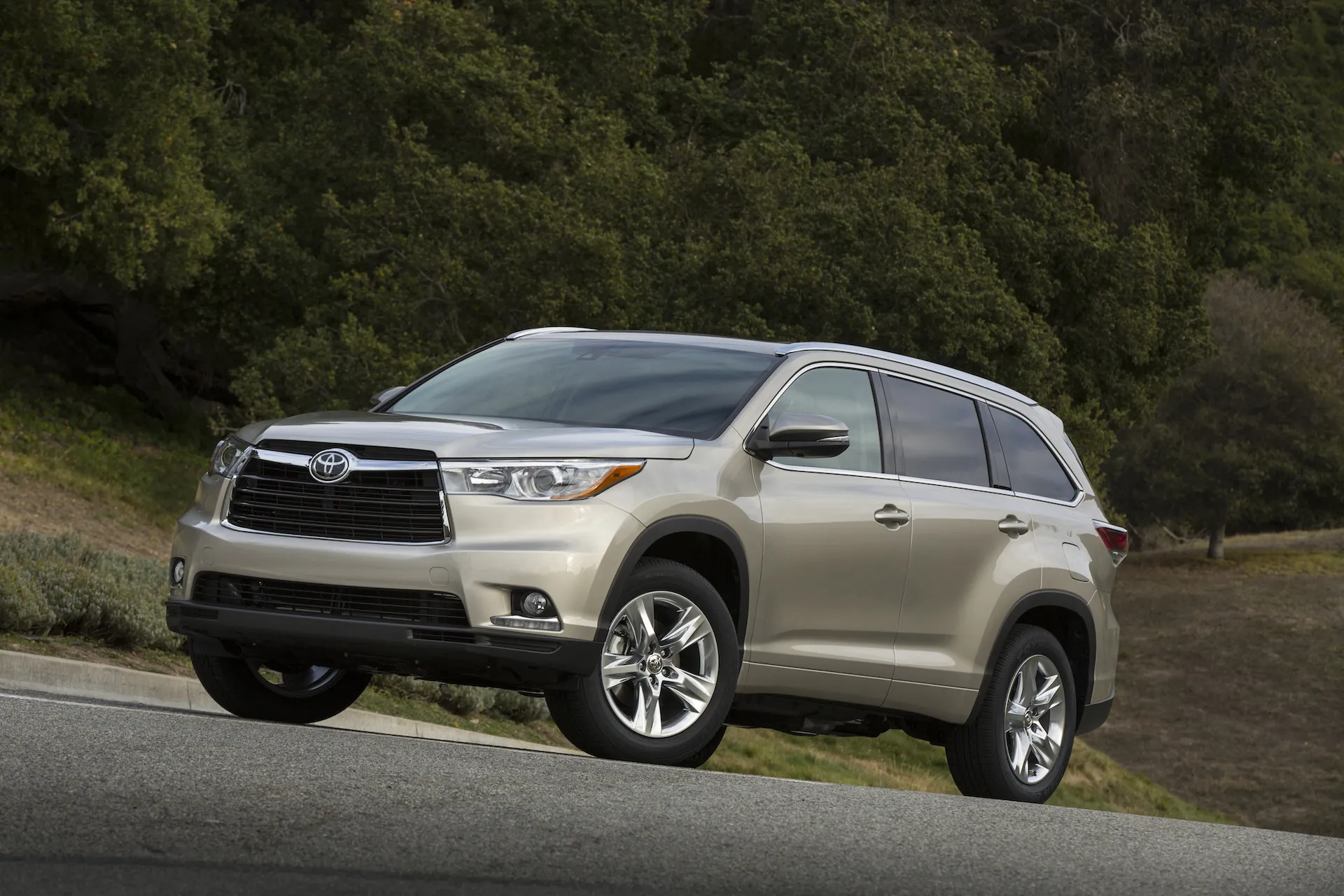Diecast cars have captured the hearts of collectors and enthusiasts for generations. These miniature marvels offer a tangible connection to automotive history and a way to appreciate the artistry of car design. But with a vast array of models, scales, and brands available, choosing the best diecast car can be a daunting task. This comprehensive guide will walk you through the essential factors to consider, ensuring you make informed decisions and build a collection that brings you joy for years to come.
What are Diecast Cars
Diecast cars are miniature replicas of real-life vehicles, typically made using a die-casting process. This involves injecting molten metal – usually zinc alloy – into a mold to create intricate and detailed models. This method allows for the production of highly accurate and durable replicas. Diecast cars range from simple toys to highly detailed collectibles, reflecting the evolution of automobiles from various eras. The quality of diecast cars can vary significantly based on the materials used, the level of detail, and the manufacturer’s craftsmanship, making it essential to understand the different aspects to ensure your choices align with your interests and budget.
The Basics of Diecast
The core of diecast car manufacturing lies in the die-casting process itself. Molten metal is forced into a mold under high pressure, creating a detailed and precise form. Once cooled, the model is removed, cleaned, and often painted and assembled. Diecast cars are not merely toys; they are miniature works of art, offering collectors a chance to own a piece of automotive history. These models typically feature opening doors, hoods, and trunks, along with realistic interiors and detailed exterior features. The variety in diecast cars is vast, encompassing classic cars, modern vehicles, race cars, and even trucks and motorcycles, catering to diverse interests.
Materials Used
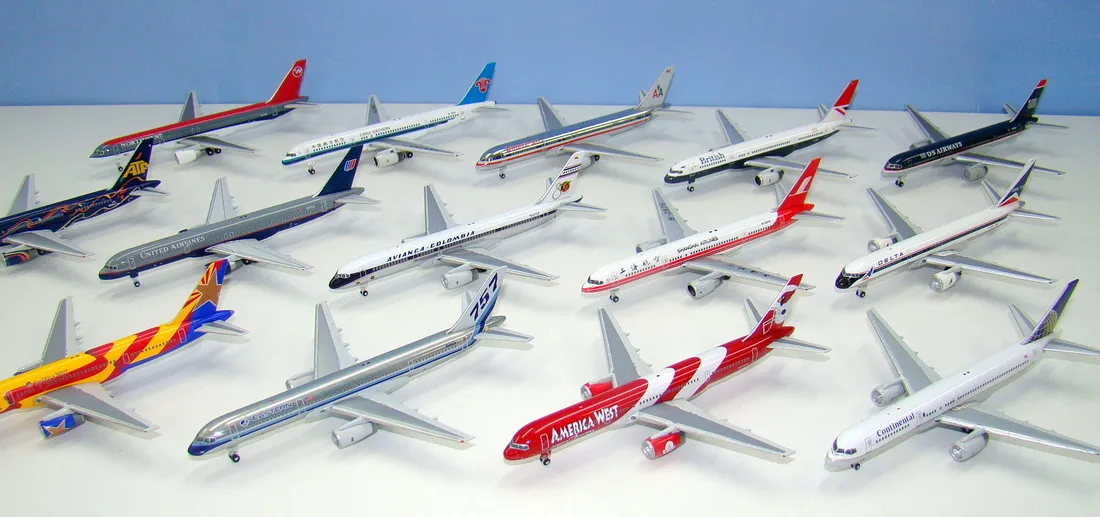
The primary material used in diecast car production is zinc alloy, which offers an excellent balance of strength, durability, and detail. Other metals like aluminum and tin are sometimes used, depending on the specific model and manufacturer. The quality of the metal significantly impacts the model’s longevity and appearance. Plastic components are also frequently used for parts like interiors, wheels, and other details. Tires are usually made of rubber or rubber-like materials, while windows are typically made of transparent plastic. The combination of these materials allows for realistic and detailed models that can withstand handling and display.
Scale and Size Variations
Diecast cars come in various scales, determining their size relative to the original vehicle. The scale is a crucial factor in the collecting experience, as it impacts display space, detail level, and price. Common scales include 1:18, 1:24, 1:43, and 1:64, each offering a different level of detail and suitability for display. The choice of scale is often a matter of personal preference, as collectors balance factors like budget, available space, and desired level of detail. Smaller scales, like 1:64, are perfect for larger collections and are generally more affordable, while larger scales, such as 1:18, offer more intricate details and are often the centerpiece of a collection.
Popular Scales Explained
Each scale offers a unique experience for collectors.
1:18 scale models are highly detailed and relatively large, making them ideal for showcasing fine details. They typically include features like opening doors, hoods, and trunks, along with detailed interiors and engine compartments.
1:24 scale models are slightly smaller than 1:18, but still offer a good level of detail, making them a popular choice for many collectors.
1:43 scale is a very popular scale, offering a balance between detail, size, and cost. These models are perfect for collectors with limited space and offer a wide range of vehicles.
1:64 scale, also known as the ‘Matchbox’ or ‘Hot Wheels’ scale, is very compact and suitable for mass collecting, often being the most affordable option.
Factors to Consider When Choosing
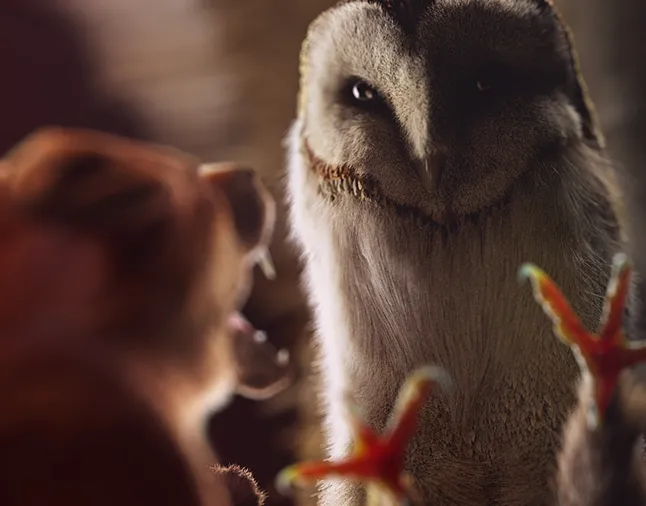
When selecting diecast cars, several key factors can help you choose models that align with your interests and preferences. Considering these elements will ensure that your collection is enjoyable and reflects your passion for automobiles. From the level of detail and authenticity to brand reputation and collectibility, each aspect plays a significant role in the value and satisfaction of your diecast car ownership. Careful consideration of these factors will help you make informed decisions and create a collection that you are proud of.
Level of Detail
The level of detail is one of the most crucial aspects of a diecast car. This includes the accuracy of the body, the intricacy of the interior, and the realism of the engine and undercarriage. High-detail models often feature separate parts for items like wipers, door handles, and badges, as well as detailed engine bays and realistic paint finishes. Collectors often prioritize detail, as it enhances the overall aesthetic appeal and authenticity of the model. Inspecting a model closely will reveal the degree of detail, including the quality of the paint, the precision of the decals, and the overall craftsmanship. The level of detail directly influences the value and enjoyment of a diecast car.
Authenticity and Accuracy
Authenticity is a vital factor for diecast car collectors. The model’s accuracy in representing the real-life vehicle is essential, including the body shape, dimensions, and features. High-quality diecast cars are typically licensed by the original manufacturers, ensuring that the design and specifications are as close as possible to the real vehicle. Collectors often assess models for their accuracy by comparing them with photos and specifications of the original cars. Look for details such as accurate paint colors, correct badging, and properly replicated interior features. Authenticity significantly impacts the collectibility and value of a diecast car, making it essential to prioritize when building a collection.
Brand Reputation
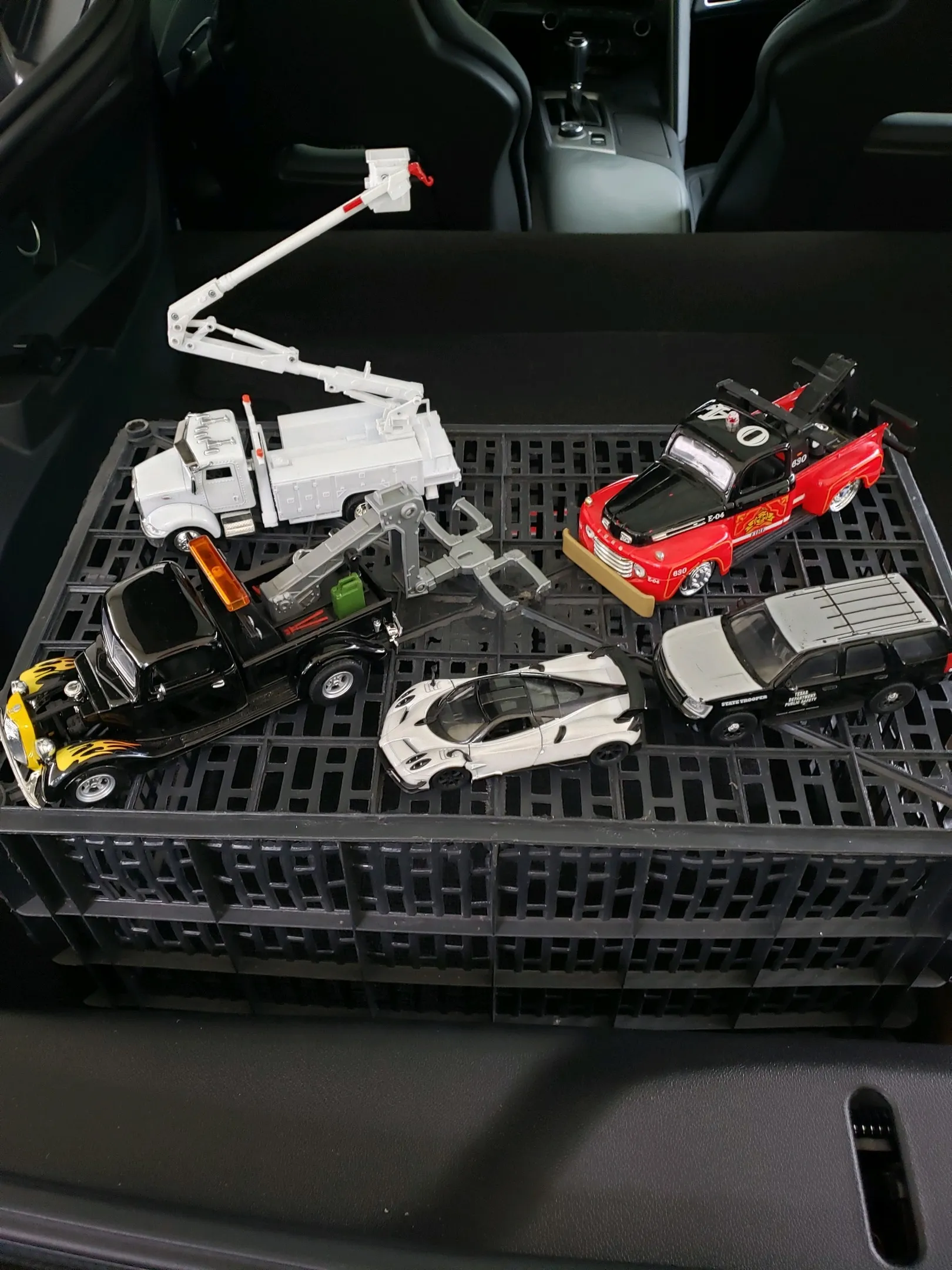
Different brands have varying reputations for quality, detail, and value. Some of the most respected brands include AUTOart, Minichamps, and CMC, which are known for producing high-end, highly detailed models. Other brands, such as Hot Wheels and Matchbox, are known for their more affordable and accessible models. Researching brand reputations is crucial before making purchases. Reading reviews, exploring online forums, and examining models in person can provide valuable insights into a brand’s quality and reliability. The brand reputation can impact a model’s collectibility and resale value, making it an important factor to consider.
Rarity and Collectibility
The rarity of a diecast car can significantly influence its value and desirability. Limited-edition models, special releases, and discontinued items often command a premium in the collector’s market. Some factors affecting rarity include the number of models produced, the availability of certain paint schemes, and the popularity of the specific vehicle. Assessing the collectibility of a model involves researching its production history, potential future value, and demand from collectors. Rare models are often considered a better investment and can become the centerpiece of a collection. Collectors should stay informed about the diecast car market to identify and acquire models with high collectibility potential.
Price and Budget
The price range for diecast cars is vast, from a few dollars for basic models to hundreds or even thousands of dollars for high-end collectibles. Setting a budget is essential before starting or expanding your collection. Consider your financial limits and the types of models you wish to collect. Prices vary based on factors such as the scale, level of detail, brand, and rarity of the car. Before purchasing, compare prices from different retailers and consider the overall value in terms of quality, detail, and collectibility. Collecting diecast cars should be an enjoyable experience, and setting a realistic budget will help you avoid overspending and build a collection that aligns with your financial capabilities.
Where to Buy Diecast Cars
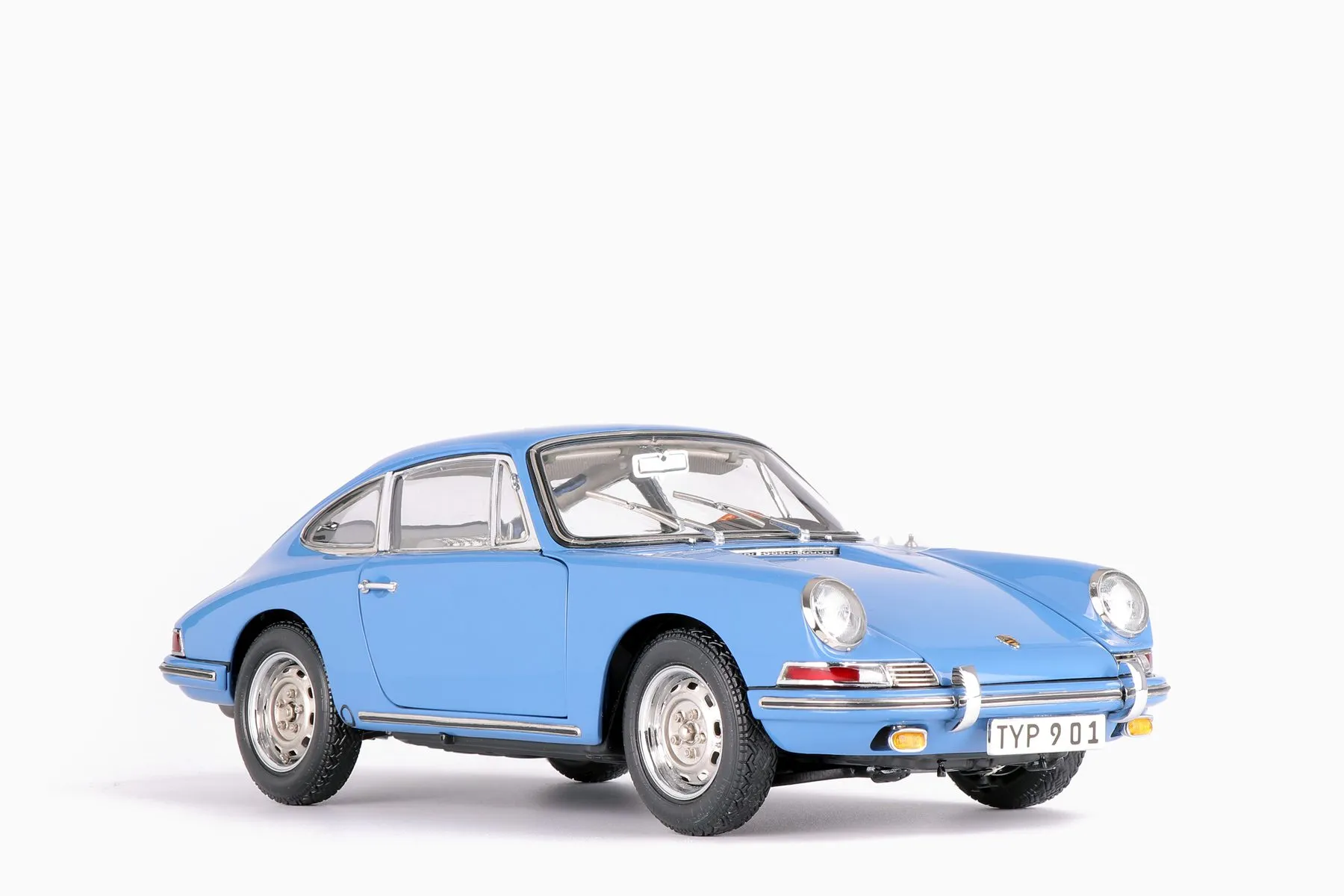
Diecast cars are available through a variety of channels, each with its own advantages and disadvantages. Choosing the right source for your purchases can significantly impact the overall collecting experience, ensuring that you find the models you want at the best possible value. Whether you prefer the convenience of online shopping or the experience of browsing local shops, understanding where to buy diecast cars is essential for building a successful collection. Consider exploring different options, from large online retailers to specialty dealers, to maximize your choices and find rare and unique models.
Online Retailers vs. Local Shops
Online retailers offer a vast selection of diecast cars and are often the most convenient option for buyers. Websites such as Amazon, eBay, and dedicated diecast car retailers provide a wide range of models, scales, and brands. Online shopping allows you to compare prices, read reviews, and make purchases from the comfort of your home. Local shops offer a more personal touch, allowing you to examine the models up close and receive expert advice from shop owners. The selection might be more limited than online retailers, but you have the advantage of inspecting the models for quality and detail before purchase. Both options offer their own distinct benefits, making the choice a matter of personal preference.
Specialty Dealers and Auctions
Specialty dealers and auctions are excellent resources for finding rare and valuable diecast cars. Specialty dealers typically focus on specific brands, scales, or eras, offering a curated selection of high-quality models. Auctions, both online and in person, can be a great way to acquire unique models and often at competitive prices. Attending auctions requires careful research and preparation to ensure you are informed about the market values of the models you’re interested in. Both specialty dealers and auctions offer collectors access to rare and collectible models that are often difficult to find through other channels. These venues are an excellent way to expand your collection and discover rare gems.
Tips for Maintaining Your Collection
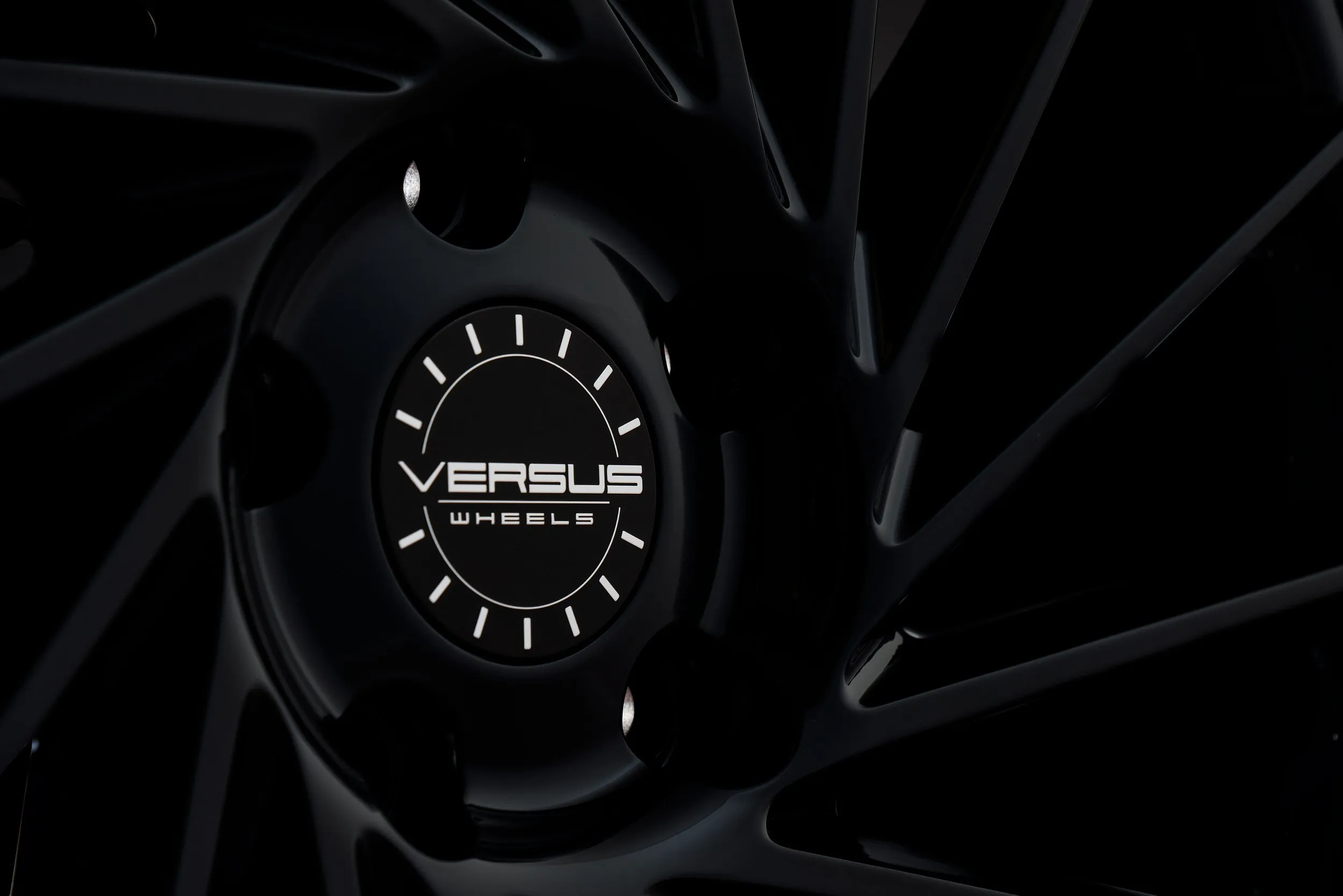
Maintaining your diecast car collection properly is essential to preserve its value and ensure that the models remain in excellent condition. The proper care and storage of your diecast cars are vital for protecting your investment and enjoying your collection for many years. Following these tips will help keep your models in pristine condition, so you can admire them and perhaps pass them on to future generations. From cleaning and storage to protecting against damage, these practices are crucial for any serious diecast car collector.
Cleaning and Storage
Regular cleaning and proper storage are the keys to maintaining your diecast car collection. Dusting models regularly with a soft cloth or a specialized cleaning brush is essential to prevent dust and debris from accumulating. For more thorough cleaning, use a slightly damp cloth with mild soap. Never use harsh chemicals or abrasive cleaners, as they can damage the paint and details. Store your models in a cool, dry place away from direct sunlight. Sunlight can fade paint and damage decals. Display cases or enclosed shelves are ideal for preventing dust accumulation and protecting models from accidental damage.
Protecting Your Investment
Protecting your investment involves more than just cleaning and storage. Consider using display cases to shield your models from dust and accidental damage. Handle models carefully, avoiding contact with oily or dirty hands. Store models in their original packaging whenever possible, as this can increase their value. Be mindful of environmental factors, such as temperature and humidity, as extreme conditions can damage the models. Protecting your investment also includes keeping records of your purchases, including the date, price, and any special features of each model. This documentation can be valuable for insurance purposes and any future resale or valuation purposes.
Conclusion

Choosing the best diecast cars is a rewarding experience that combines passion, research, and careful consideration. By understanding the basics of diecast cars, the various scales available, and the factors to consider when selecting models, you can build a collection that brings you joy and potentially increases in value over time. With careful maintenance, proper storage, and a keen eye for detail, your diecast car collection can become a cherished part of your life. Happy collecting!
